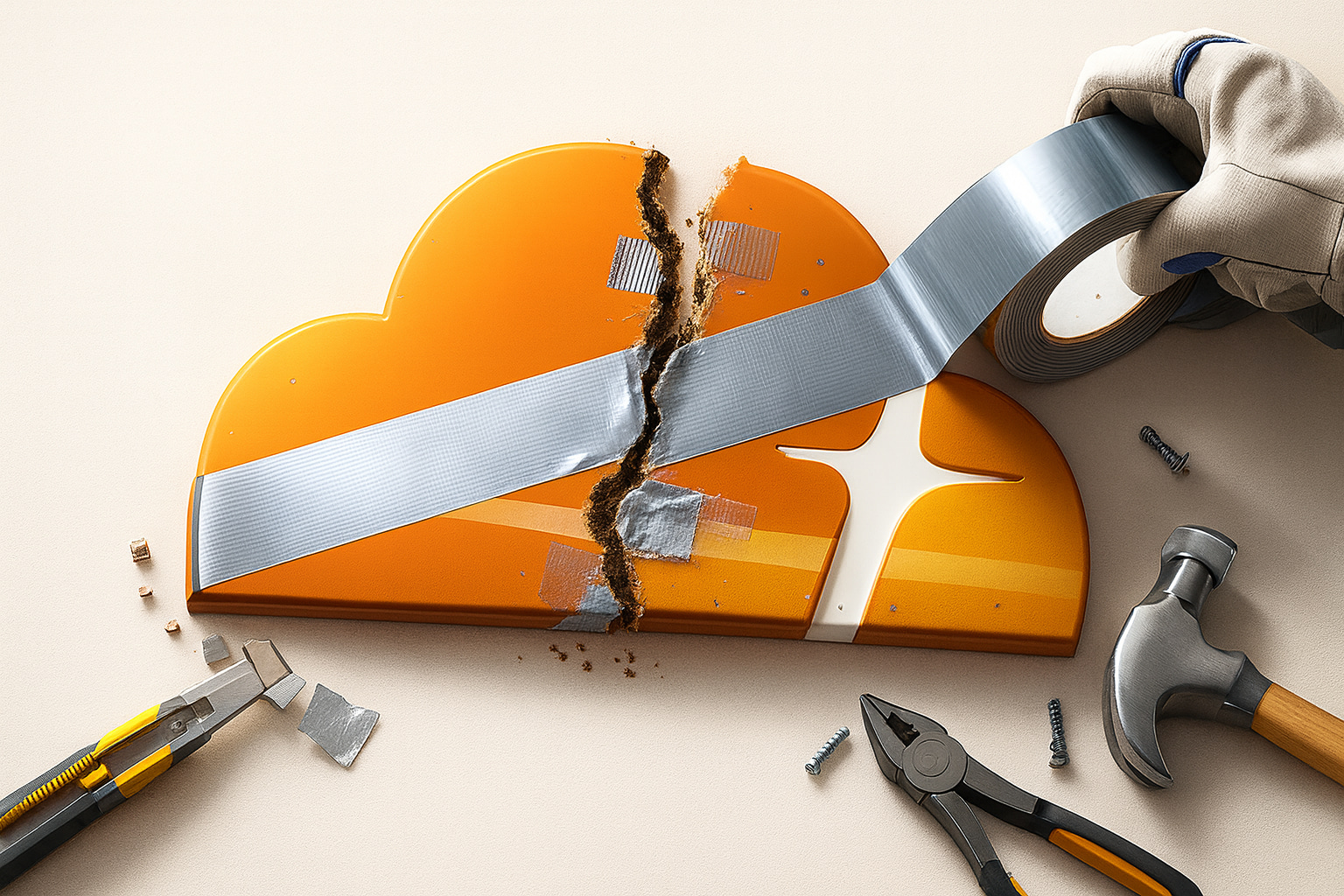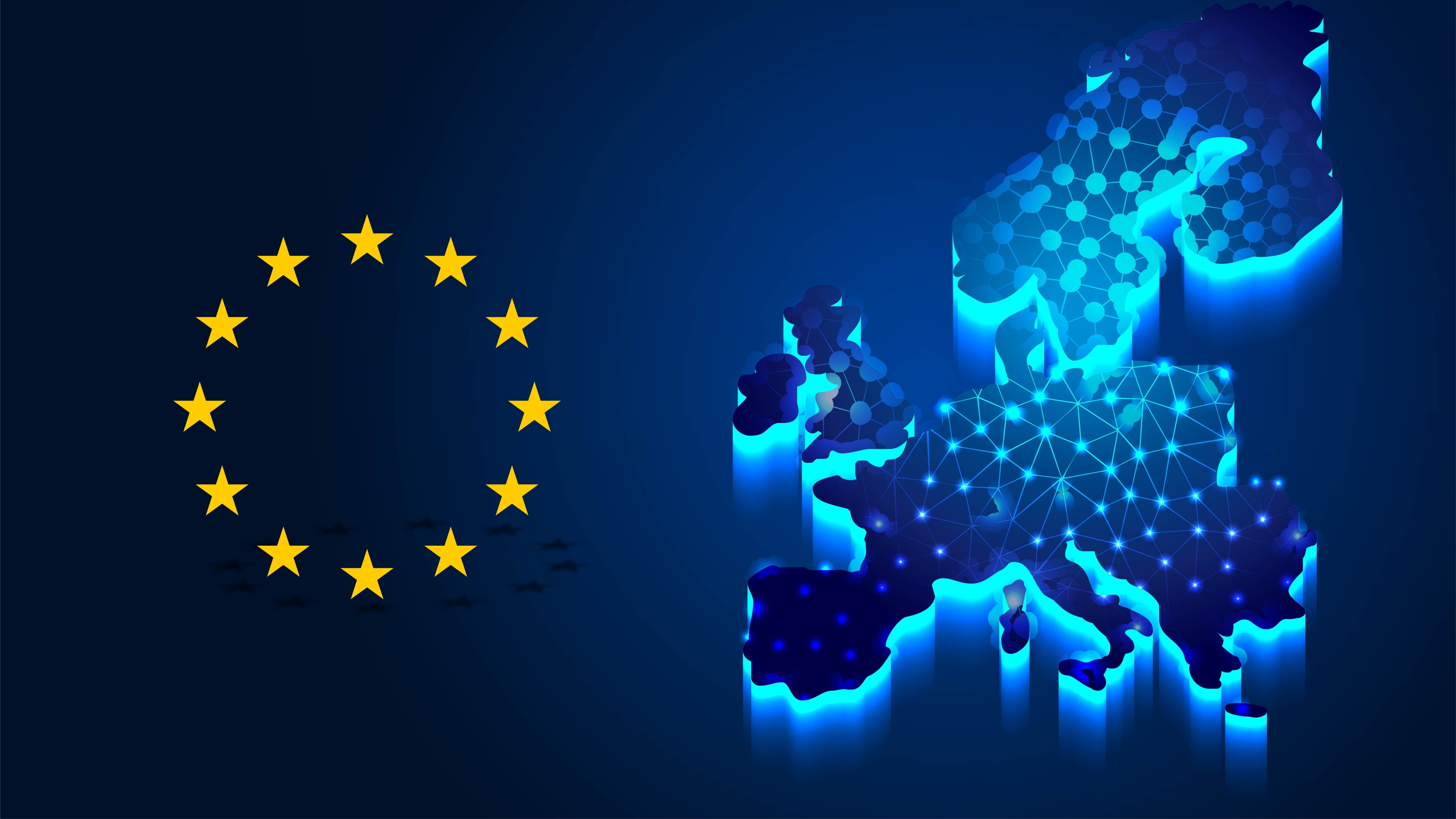European leaders gathered in Berlin for the Summit on European Digital Sovereignty, where France and Germany unveiled a series of major commitments aimed at boosting the EU’s technological autonomy and competitiveness. The event brought together more than 900 policymakers, industry figures, and researchers from across the bloc to outline new measures aimed to reducing reliance on non-EU technologies, strengthening digital infrastructure, and supporting European innovation.
Paris and Berlin identified seven strategic areas for action, including simplifying the EU digital regulation, strengthening competition in strategic markets, and establishing higher protection standards for Europe’s most sensitive data. The two countries also endorsed the expansion of digital commons, backed the rollout of the EU Digital Identity Wallet, and committed to broadening the use of open-source tools within public administrations.
A new Franco-German task force will work on defining what constitutes a European digital service, developing indicators of sovereignty, and shaping policy tools to reinforce strategic sectors, including cloud services, AI, and cybersecurity.
The summit also highlighted ambitions to make Europe a leader in frontier AI by fostering public-private collaboration and attracting large-scale investment. European tech companies pledged over €12 billion for key digital technologies, signalling a strong private-sector commitment to the sovereignty agenda.
German Chancellor Friedrich Merz and French President Emmanuel Macron both praised the progress made, stressing that Europe must shape its technological future on its own terms and accelerate the development and adoption of homegrown solutions.
With political momentum, cross-border cooperation, and significant financial backing, the summit marked one of the EU’s most coordinated pushes yet to build a secure, competitive, and sovereign digital ecosystem.
Would you like to learn more about AI, tech and digital diplomacy? If so, ask our Diplo chatbot!










